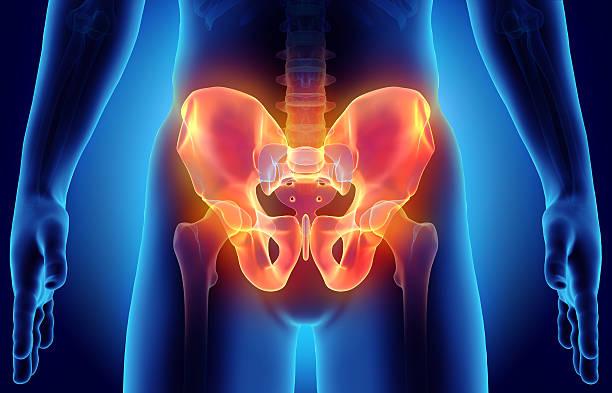Hip fractures are a common injury, particularly in older adults. According to the American Academy of Orthopaedic Surgeons, over 300,000 hip fractures occur annually in the United States alone. Hip fractures can have serious consequences, including pain, disability, and death. In recent years, advances in biomaterials and implant technology have revolutionized the treatment of hip fractures, improving patient outcomes and reducing the risk of complications.
Biomaterials are materials compatible with living tissues and can repair or replace damaged or diseased tissues. In the case of hip fractures, biomaterials can replace damaged bone or provide support to the surrounding tissues. One type of biomaterial that has shown promise for the treatment of hip fractures is calcium phosphate cement.
Calcium phosphate cement is a bone substitute material that can fill in voids or defects in the bone. It comprises a mixture of calcium phosphate powders and a liquid phase, typically water or saline. When mixed, the powders and liquid react to form a solid material similar to natural bone.
One advantage of calcium phosphate cement is that it can be injected directly into the fracture site, allowing for minimally invasive surgery. This can result in shorter hospital stays, faster recovery times, and reduced patient pain and discomfort.
Another advantage of calcium phosphate cement is that it is biocompatible and does not cause an immune response or other adverse reactions in the body. It is also resorbable, meaning that it can be gradually replaced by new bone as it heals. This makes it an attractive option for older adults whose bones may be more fragile and unable to support permanent implants.
Implant technology has also advanced significantly in recent years, providing new options for treating hip fractures. One type of implant that has shown promise is the intramedullary nail.
An intramedullary nail is a long, thin rod inserted into the center of the femur (thigh bone) and anchored with screws. It provides stability to the bone and can help promote healing. Intramedullary nails can be made of various materials, including stainless steel, titanium, and cobalt-chromium alloy.
One advantage of intramedullary nails is that they can be inserted through a small incision, allowing for minimally invasive surgery. This can reduce the risk of complications and result in faster patient recovery times.
Another advantage of intramedullary nails is that they can be customized to fit each patient’s anatomy. This can improve the fit and stability of the implant, reducing the risk of implant failure or complications.
Newer intramedullary nail designs also include locking screws and expandable nails. Locking screws can provide additional stability to the implant, while expandable nails can be adjusted to fit the specific dimensions of the patient’s bone.
Other implant options for hip fractures include plates and screws, which hold the fractured bone together while it heals, and hip replacement implants, used in cases where the hip joint is severely damaged.
In addition to advances in biomaterials and implant technology, new surgical techniques and approaches are also being developed to treat hip fractures. One example is the use of computer-assisted surgery.
Computer-assisted surgery of hip fracture singapore uses specialized software and instruments to help guide the surgeon during the procedure. This can improve the accuracy and precision of the surgery, reducing the risk of complications and improving patient outcomes.
Another technique that has shown promise is the use of minimally invasive surgery. This involves making smaller incisions and using specialized instruments to perform the surgery. Minimally invasive surgery can reduce the risk of complications, shorten recovery times, and improve overall outcomes.
